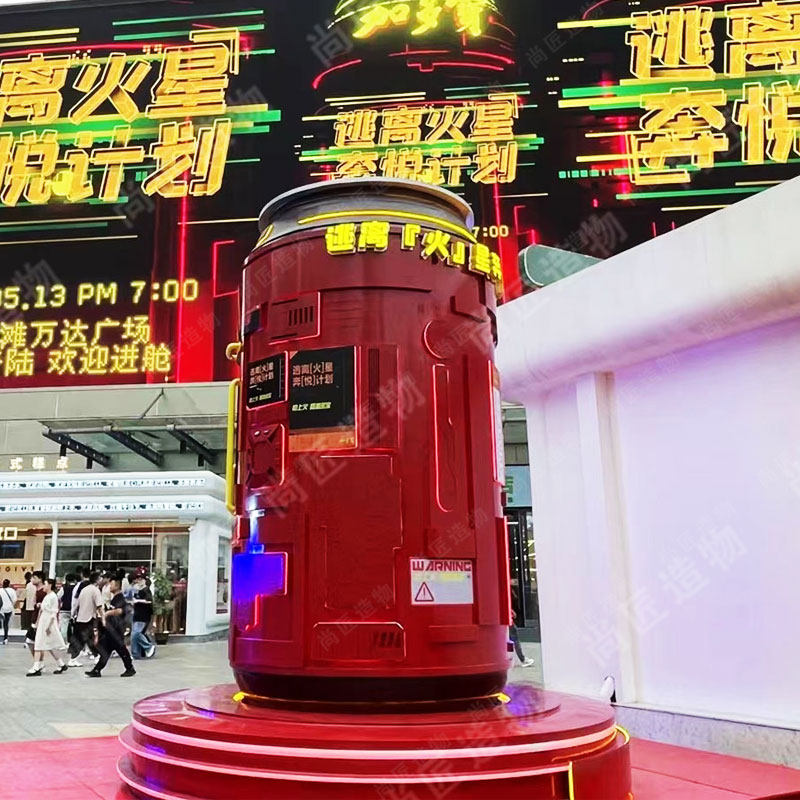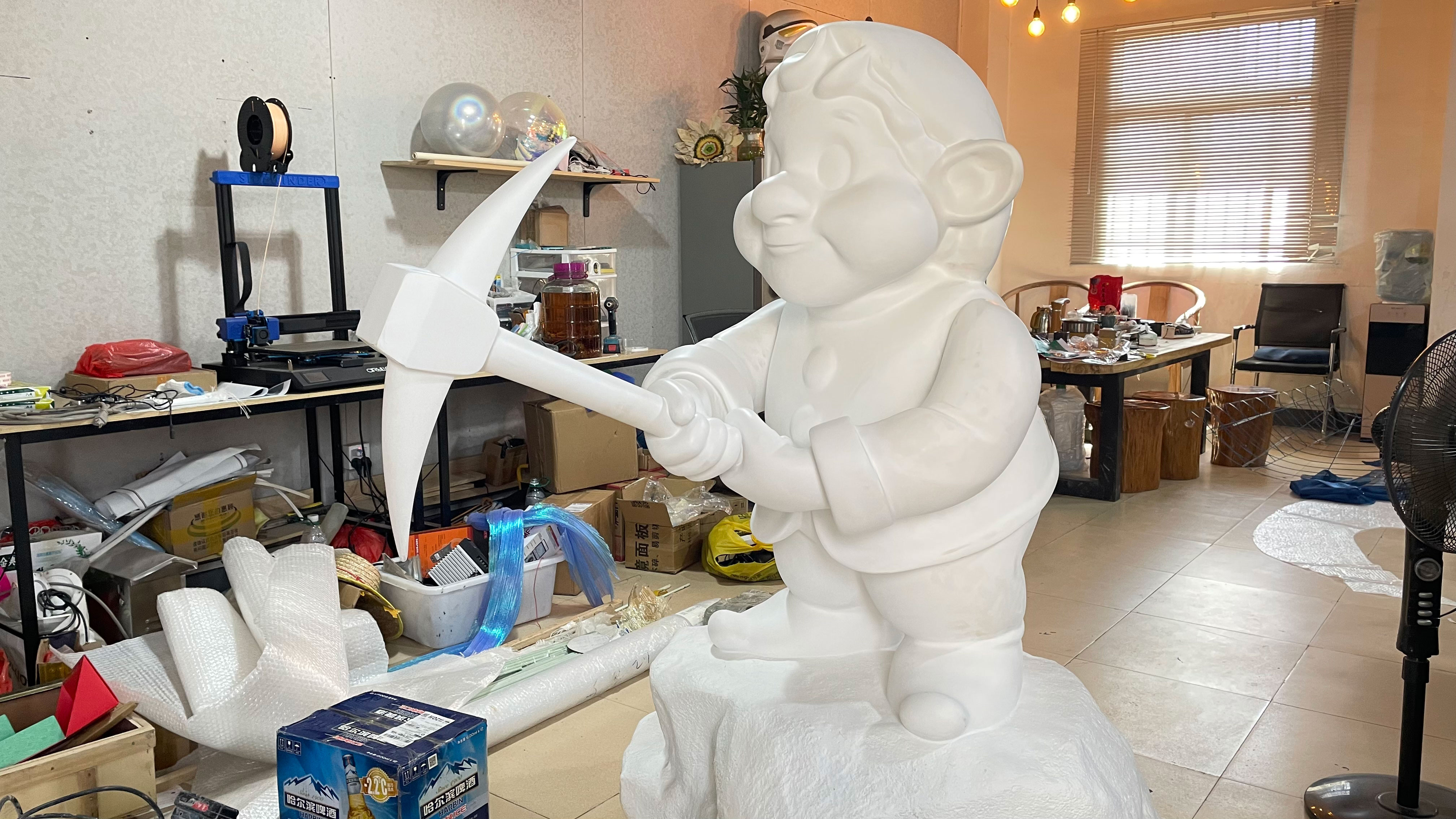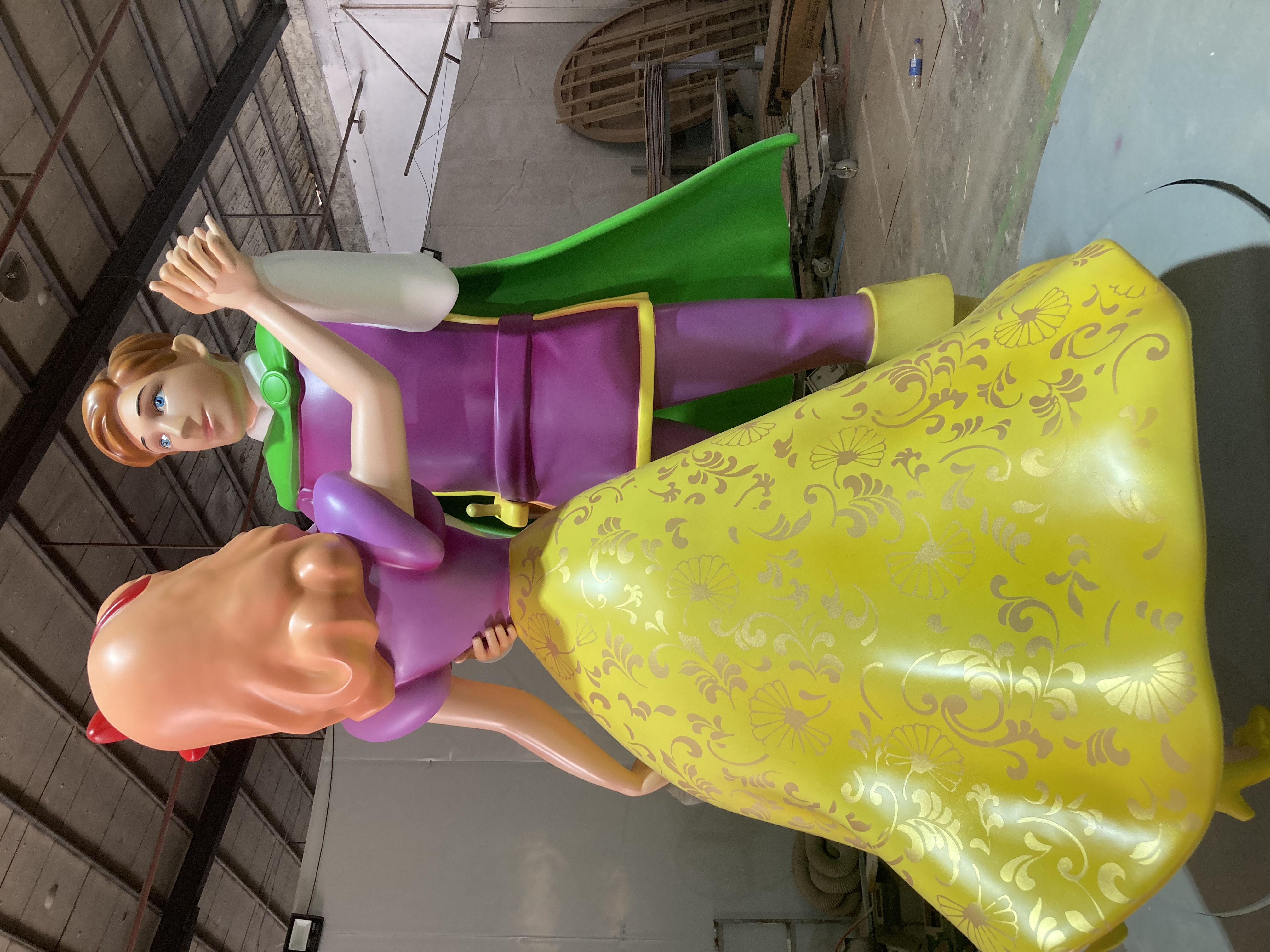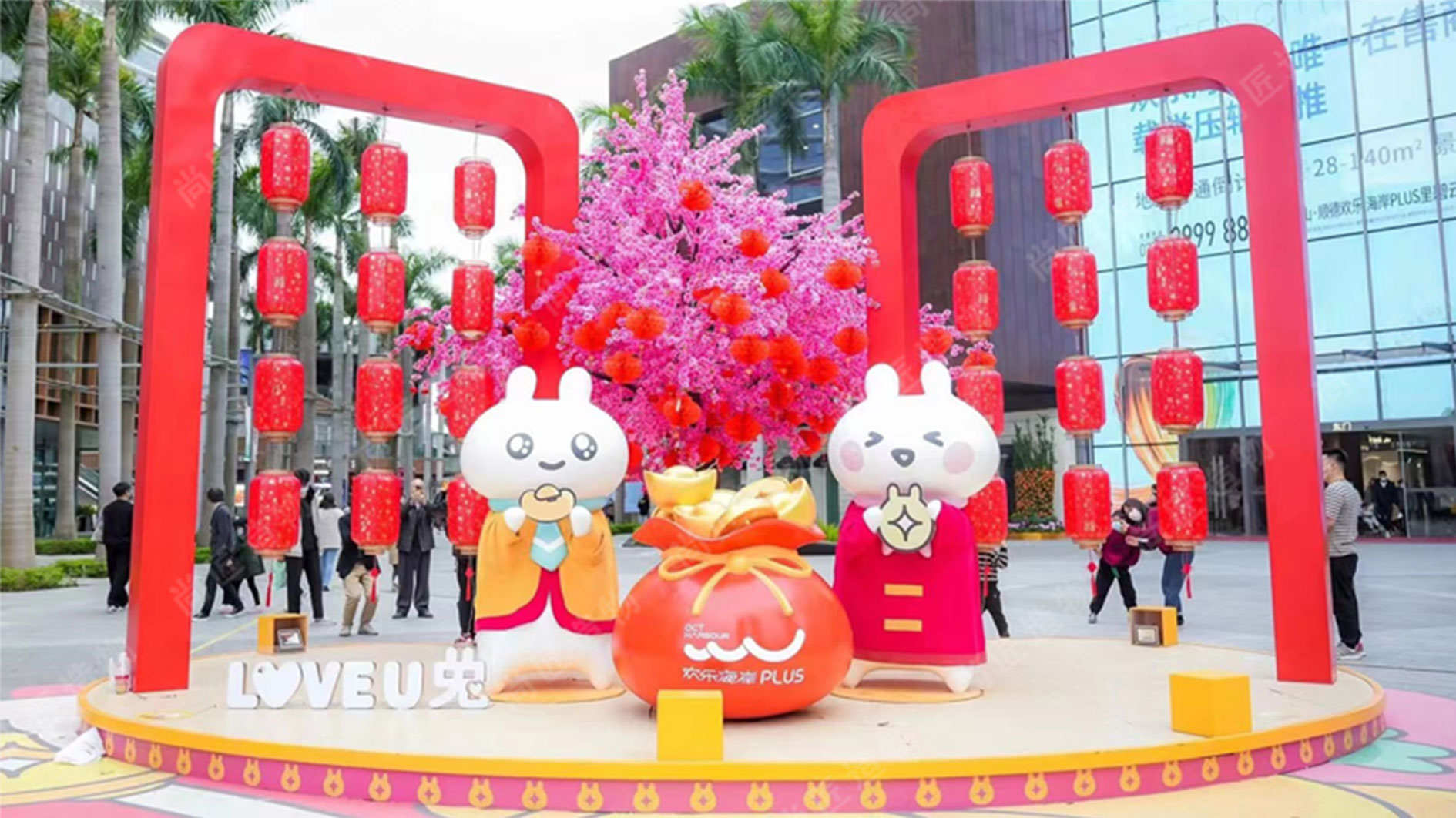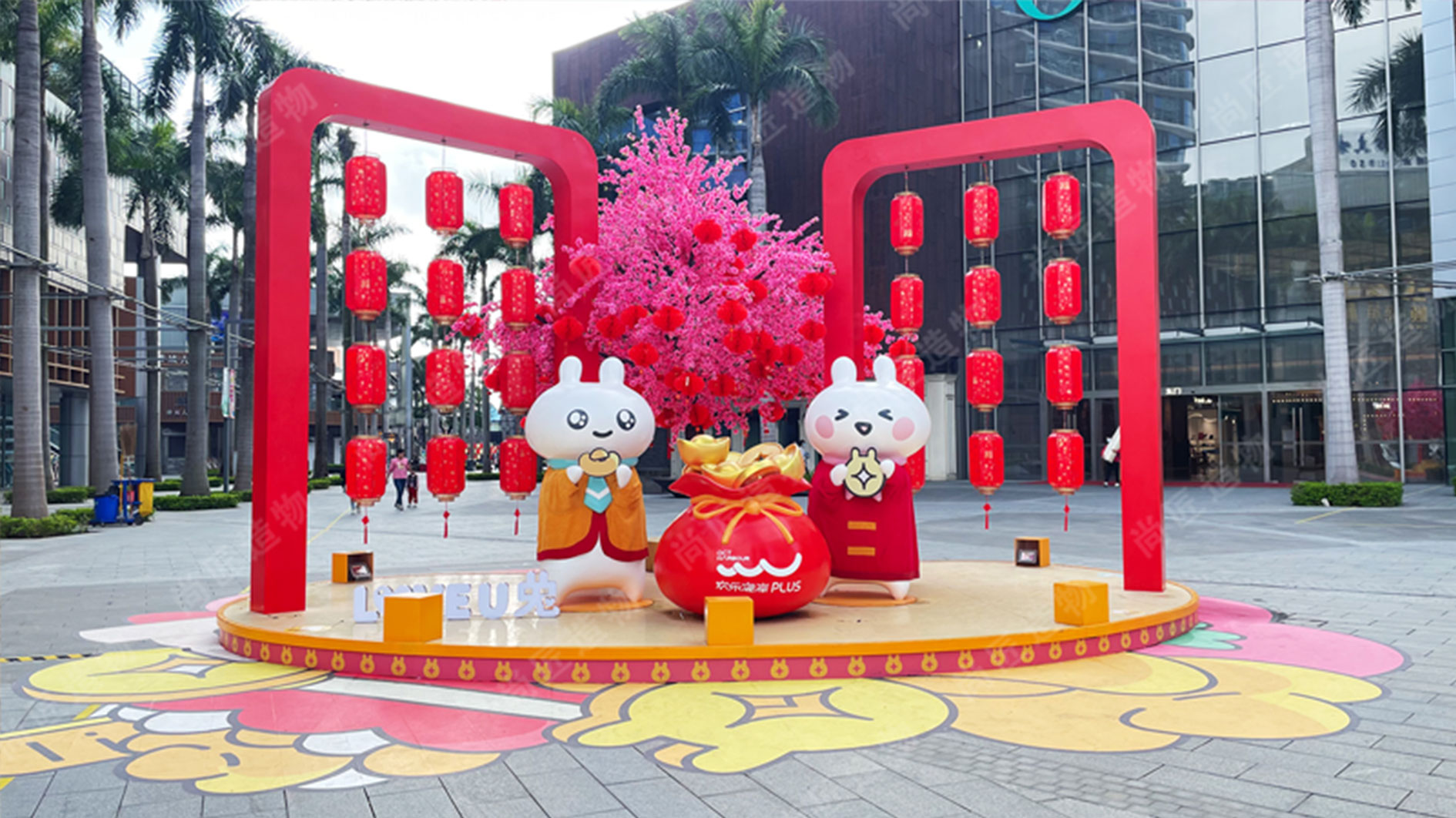Modern metal art sculptures serve as a compelling fusion of artistry and emotion, allowing artists to express their visions through a robust medium. The manipulation of metal materials such as aluminum and stainless steel enables the creation of intricate and dynamic pieces. Each sculpture has the potential to resonate deeply with viewers, evoking feelings tied to personal experiences or universal themes. As artists experiment with shapes, textures, and finishes, they invite audiences to engage with their work on multiple levels. This connection reinforces the importance of metal as a material in contemporary art, highlighting its role not just as a physical substance but also as a medium for storytelling and emotional expression.
The Fascinating Intersection of Metal and Art in Sculptures
Modern metal art sculptures reveal a captivating blend of creativity and craftsmanship. Artists work with a range of metal materials, from aluminum to stainless steel, to create pieces that challenge conventional aesthetic norms. Each sculpture not only showcases technical skill but also sparks an emotional response in viewers. Take, for instance, the innovative designs that capture movement and fluidity, reflecting natural forms or abstract concepts. Through this medium, artists communicate their ideas and visions effectively, fostering a connection with the audience. The intricate details in their work may evoke nostalgia or inspire curiosity, making each piece unique. Furthermore, the durability of metal allows these sculptures to thrive in various environments, adding beauty and character to both indoor and outdoor spaces. This intersection of art and metal encourages ongoing dialogue about the boundaries of artistic expression while cementing its place in contemporary culture. For those seeking further inspiration from this medium, consider exploring specialized forms like IP character sculpture.
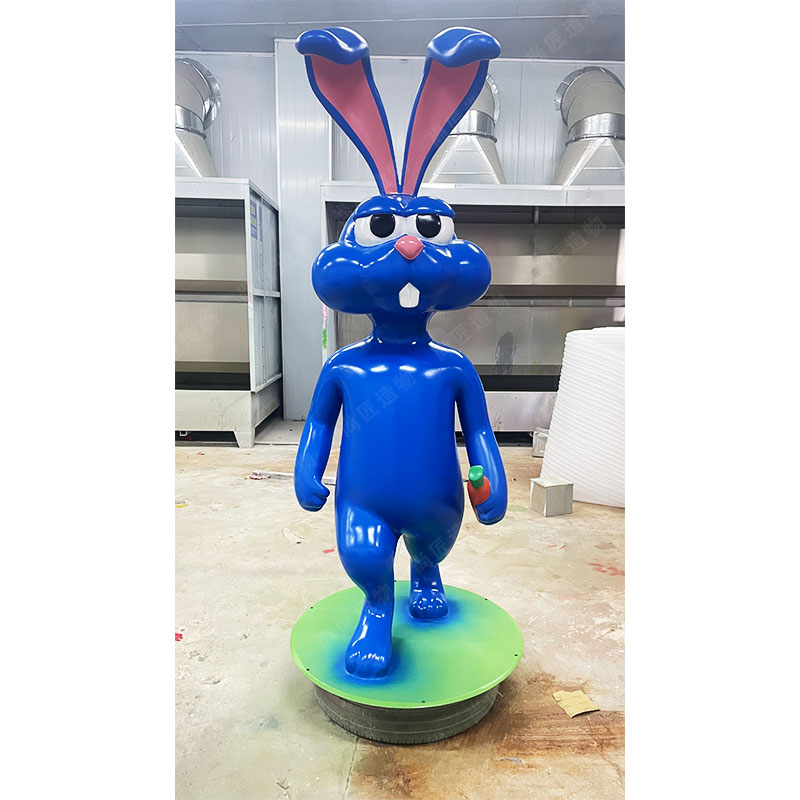
Unveiling the Emotional Depth of Modern Metal Sculptures
Modern metal sculptures often evoke powerful emotions through their intricate designs and the materials used. Artists manipulate metal to reflect themes of connection, resilience, and transformation. For instance, the interplay of light and shadow in a polished aluminum sculpture can create a dynamic visual experience that resonates with viewers on a personal level. Each piece tells a story, inviting observers to engage with its narrative. The process of creating these sculptures involves both technical skill and visionary artistry. This combination fosters a deep emotional connection between the artwork and its audience. By exploring these expressive qualities, we can appreciate how modern metal art transcends mere aesthetics to forge meaningful interactions. As highlighted in Realistic sculpture, the emotional depth found in these works enhances their overall impact, making them unforgettable contributions to contemporary art.
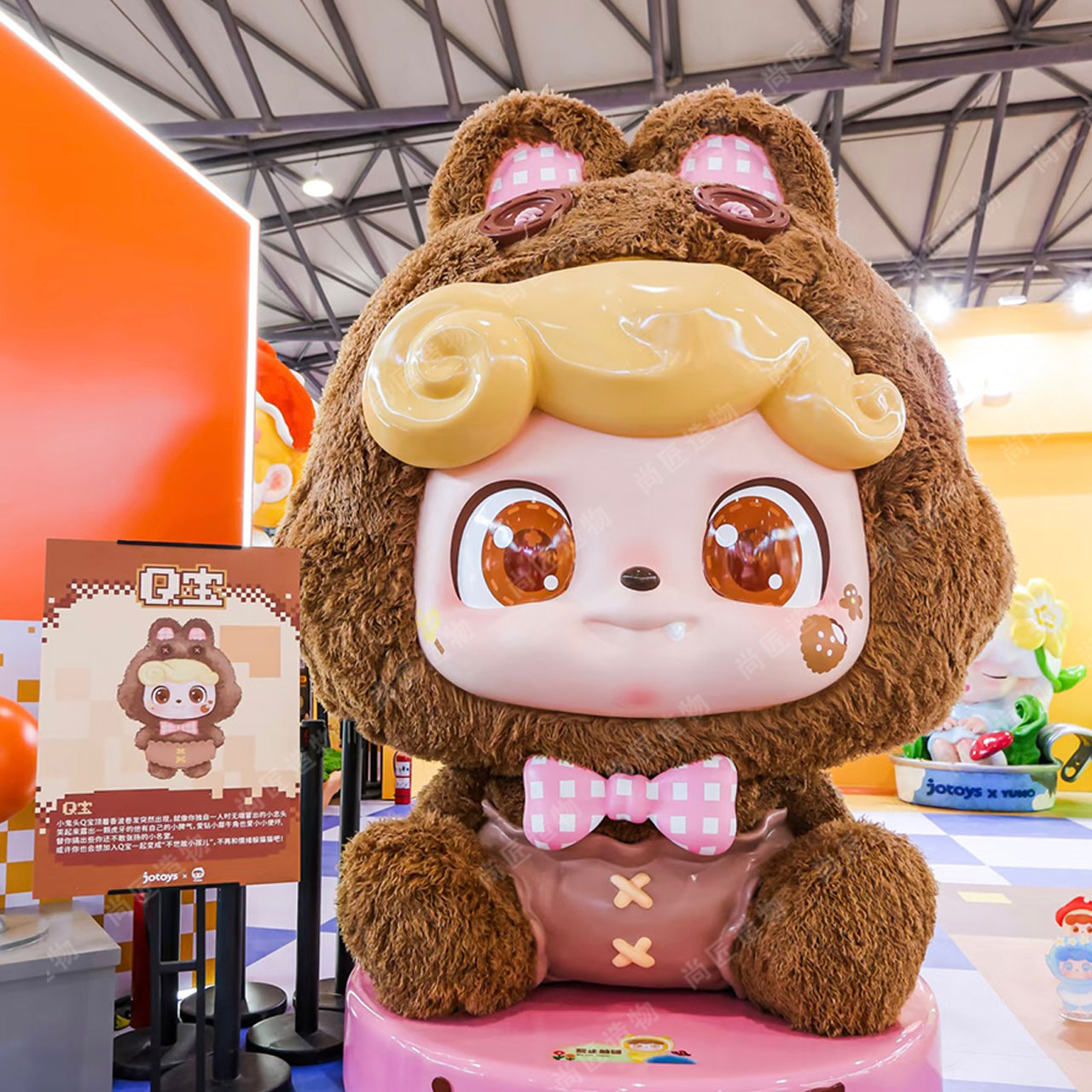
Creativity in Action: How Artists Use Metal in Sculpture
Metal serves as a versatile canvas for contemporary artists, allowing them to express their creativity in diverse ways. Artists often choose materials like aluminum, steel, and bronze for their durability and unique qualities. The process begins with transforming raw metal through cutting, welding, and molding techniques that bring their concepts to life. For instance, some artists create intricate designs that mimic natural forms, while others embrace abstract shapes that provoke thought and discussion. These sculptures are not only visually striking but also engage viewers emotionally. The tactile nature of metal invites interaction, drawing people closer to experience the piece in a personal way. Additionally, the interplay of light on metal surfaces can enhance the aesthetic appeal, creating dynamic shadows and reflections that change throughout the day.
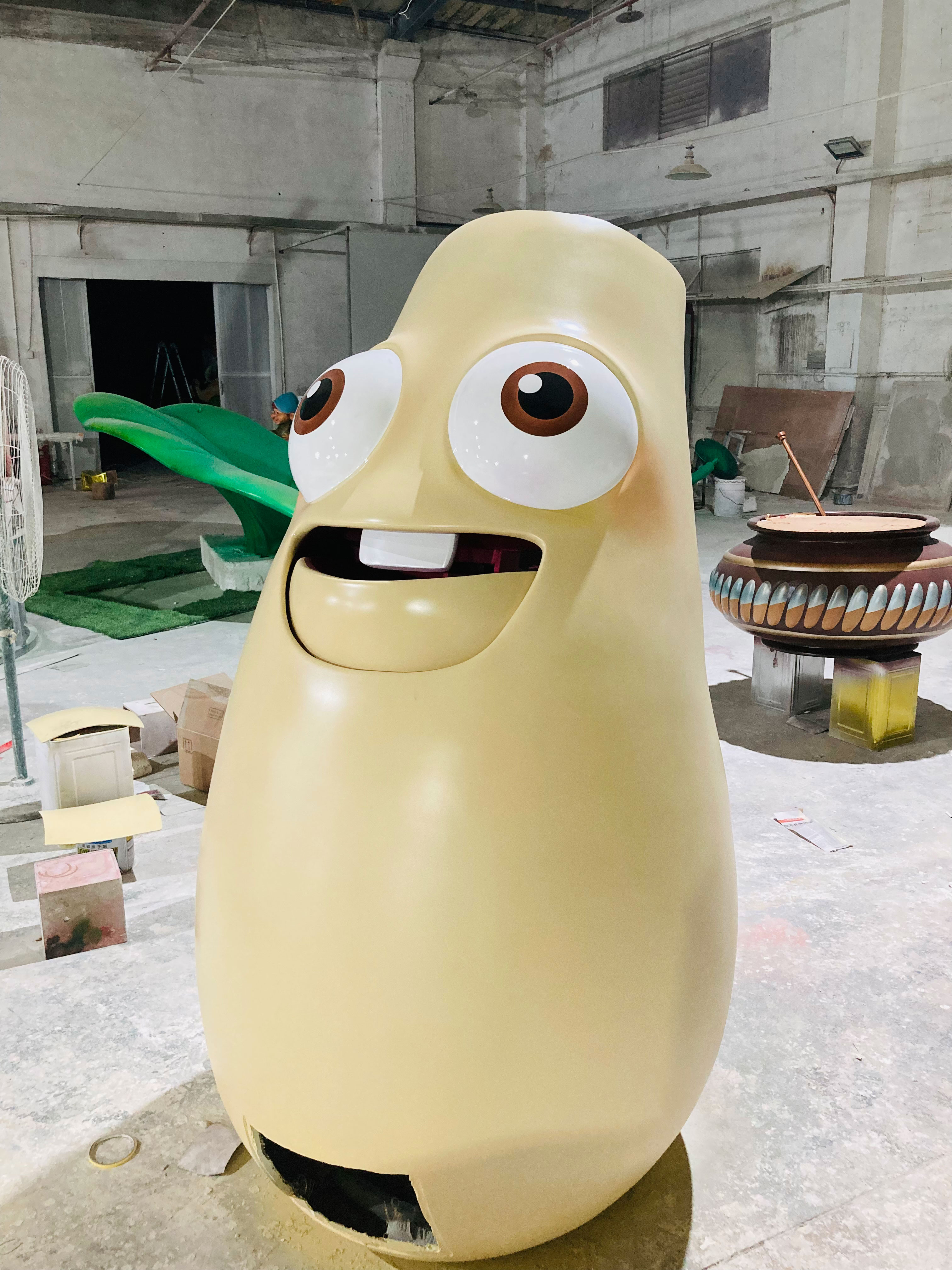
The Transformative Power of Realistic Metal Artwork
Realistic metal artwork transcends traditional forms, inviting viewers into a unique visual experience. Artists manipulate metal to create lifelike representations, showcasing intricate details that breathe life into their sculptures. This dedication to realism emphasizes the material's versatility; from polished steel to rugged aluminum, each piece tells a story that resonates emotionally with the audience. The dynamic interplay of light and shadow on the surface enhances the sculpture's visual impact, drawing attention and sparking conversation. As exhibited in various galleries, modern metal sculptures reflect both personal expression and universal themes, making them powerful statements in contemporary art. This connection facilitates a deeper appreciation for the craftsmanship involved and the emotions conveyed through each metal form.
| Material Type | Properties | Artistic Use |
|---|---|---|
| Aluminum | Lightweight, resistant to corrosion | Large outdoor sculptures |
| Stainless Steel | Durable, reflective | Indoor installations |
| Copper | Malleable, develops patina | Smaller intricate art pieces |
| Corten Steel | Rusts beautifully over time | Urban sculptures |
Showcasing Contemporary Artists and Their Metal Masterpieces
Contemporary metal artists are redefining the boundaries of sculpture, showcasing their unique visions through various forms and techniques. For instance, artist Dustin Miller is known for creating large installations that are not only grand but also intricately designed to withstand the elements in outdoor spaces. His work often combines sleek lines with organic shapes, drawing inspiration from nature. Similarly, Christopher specializes in personalized sculptures that resonate deeply with his clients, reflecting emotional narratives in metal form. "Each piece is a story waiting to be told," Christopher notes, emphasizing the connection between artist and patron. As audiences appreciate these metal masterpieces, they gain a deeper understanding of how raw materials can be transformed into meaningful art that resonates on multiple levels. The craftsmanship behind these creations reminds us of the labor and intention that goes into every sculpture, bridging artistry with the viewer's experience.
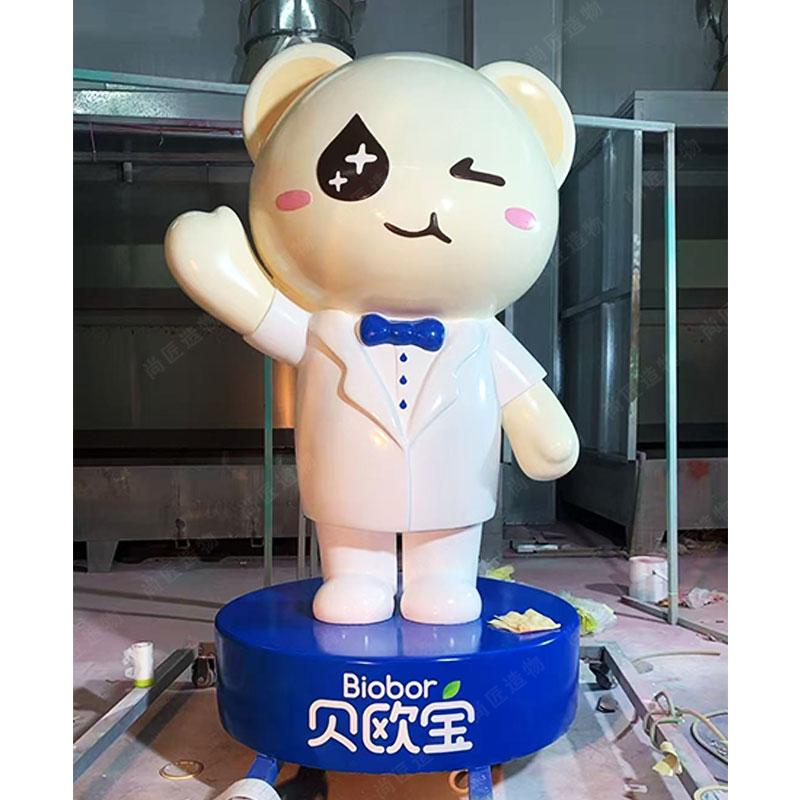
Exploring Diverse Styles Within Modern Metal Sculpture
Modern metal sculptures come in a variety of styles that reflect the creativity and vision of contemporary artists. Some artists focus on abstract forms, using materials like stainless steel to create dynamic pieces that challenge perceptions of movement and space. Others prefer more figurative representations, where the metal is shaped into lifelike figures or animals that tell stories through their posture and form. Additionally, the use of mixed materials is gaining traction; artists are combining metal with elements like wood or glass to enhance the visual appeal and explore new textures. Each style offers unique opportunities for expression, allowing artists to forge deeper emotional connections with their audience. This diversity not only enriches the art form but also invites viewers to engage with metal sculptures from multiple perspectives, fostering a greater appreciation for their craftsmanship and artistic intent.
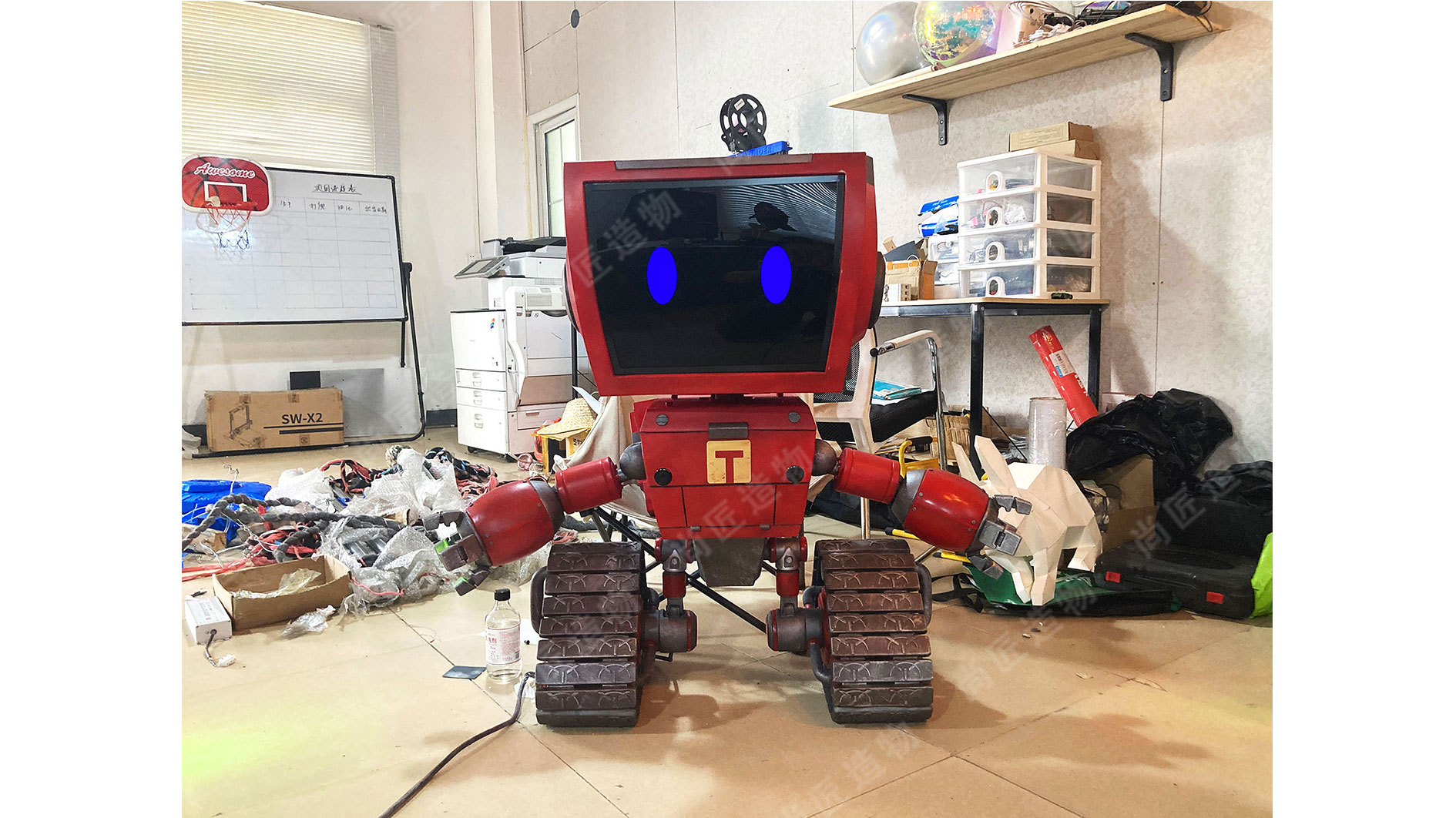
From Vision to Reality: The Craftsmanship Behind Metal Art
The craftsmanship involved in creating modern metal art sculptures is a profound blend of skill and innovation. Artists start with a vision, often inspired by nature, architecture, or personal experiences. They meticulously select materials, with aluminum being a favorite due to its lightweight and durability. Using techniques like welding and forging, they transform raw metal into intricate designs that capture movement and emotion. Each piece requires attention to detail; even the finish is essential as it impacts the final aesthetic. Furthermore, artists often experiment with textures and colors, adding depth to their creations. This dedication not only enhances the visual appeal but also fosters a connection with viewers, making the artwork resonate on a personal level. Such craftsmanship not only showcases artistic talent but also reflects the emotional journey of bringing an idea into a tangible form.
Emotional Resonance: Connecting with Modern Metal Sculptures
Modern metal sculptures offer a unique way for artists to express deep emotions and forge connections with their audience. The use of materials like steel, aluminum, and bronze allows for intricate designs that capture movement and form. Artists draw inspiration from personal experiences, nature, or abstract concepts, channeling their feelings into their creations. This emotional depth resonates with viewers, prompting them to reflect on their own lives and experiences. Moreover, custom pieces often highlight a client’s story or sentiment, enhancing the personal connection between the viewer and the artwork. Through this blend of artistry and relatability, modern metal sculptures become more than mere decorative pieces; they transform into emotional touchstones that spark dialogue and foster understanding within communities.
Conclusion
The exploration of modern metal art sculptures reveals a rich tapestry of creativity and emotional expression. As we reflect on the intersection of metal and artistry showcased throughout this article, the unique qualities of each artist’s work stand out. From the innovative techniques employed in crafting dynamic forms to the powerful emotional narratives embedded in each piece, metal sculptures engage viewers on multiple levels. The versatility of materials allows for both abstract and realistic representations, bridging personal experiences with universal themes. This connection not only enriches the viewer's experience but also fosters a deeper appreciation for the intricate craftsmanship involved. As contemporary artists continue to push boundaries in their creative processes, modern metal sculptures remain a vital part of cultural discourse, inviting all to engage in ongoing conversations about art and emotion.
FAQs
What materials are commonly used in modern metal sculptures?
Artists frequently use aluminum, stainless steel, bronze, and copper due to their unique properties and durability.
How do modern metal sculptures evoke emotions?
Through intricate designs and reflective surfaces, these sculptures create visual dynamics that engage viewers on a personal level.
What techniques are used to create these sculptures?
Common techniques include welding, cutting, and molding, allowing artists to manipulate metal into various shapes and forms.
Can modern metal art be displayed indoors and outdoors?
Yes, the versatility of metal allows for striking pieces that can enhance both indoor spaces and outdoor environments.
How do contemporary artists find inspiration for their work?
Many artists draw from personal experiences, nature, or social themes to convey deeper messages through their sculptures.
 ch
ch English
English

